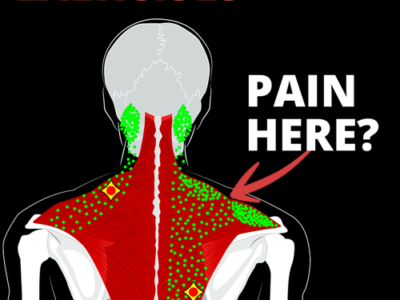If you’ve been diagnosed with cataracts in both eyes, your eye doctor’s primary goal is to restore your vision effectively while minimizing any potential risks. Here’s what you need to know about the timing and recovery process for managing cataract surgery.
Introduction to cataracts
Cataracts are cloudy areas forming on the clear lens of your eye due to a combination of changes in water content, pigment build-up, and epithelial cell transformation. Although aging is the most common cause, younger individuals can also develop cataracts. Eventually, these require surgical intervention to maintain good vision.
The success rate of cataract surgery is notably high, and most people experience significant vision improvement after the procedure. However, when both eyes are affected by cataracts, separate surgeries are typically necessary.
Why surgeries aren’t performed simultaneously
Ensuring continued vision
Performing cataract surgery on both eyes at the same time, known as bilateral cataract surgery, is not standard practice. This approach helps ensure that you always maintain some level of vision during the recovery period.
Your doctor will evaluate which eye requires surgery first based on severity. After the initial surgery, there’s a recommended waiting period before addressing the second eye. This allows the physician to monitor your recovery and quickly address any complications.
Minimizing infection risks
There are inherent risks associated with any surgical procedure, including cataract surgery. A notable risk of simultaneous bilateral cataract surgery is endophthalmitis, an infection that can spread from one eye to the other, leading to severe complications. Staggering the surgeries significantly reduces this risk.
Recovery timeline and practices
Immediate postoperative care
Post-surgery care involves multiple steps to secure a smooth recovery. Immediately after the operation, you’ll wear a protective pad or bandage over the treated eye for a day. Mild discomfort and pain should diminish within a couple of days. Protective eye shields may be necessary for several days post-surgery.
Avoid activities like strenuous exercise, touching your eye, driving, using contact lenses, and applying eye makeup until your doctor gives the all-clear. Special eye drops will help prevent infections and expedite healing.
Long-term healing
The complete healing process can take up to several weeks. During this time, routine check-ups with your eye doctor will ascertain if the surgery successfully improved your vision. You might require updated prescriptions for glasses or contact lenses following recovery.
Benefits of timely cataract surgery
Cataract surgery provides numerous advantages beyond clearer vision. Improved vision reduces the risk of falls, enhances social interactions, and overall quality of life. Research suggests mental health benefits for those who undergo surgeries close together within a short timeframe.
For example, a study in Taiwan involving 585,422 individuals indicated better mental well-being when surgeries were conducted within three months of each other. Similarly, another study from Australia linked dual-eye cataract surgery to lower fall risks.
Risks and efficacy of single vs. dual surgeries
Complications from cataract surgery are rare, but they do exist. The likelihood of vision improvement remains high regardless of whether you undergo surgery in one eye or both. Nevertheless, separation between the surgeries helps manage risks associated with simultaneous procedures.
Individualized treatment plans
Every patient’s needs and conditions vary, prompting tailored recommendations from eye doctors. While immediate surgery for both eyes isn’t advisable for everyone, some may have significant benefits from earlier interventions depending on their lifestyle and existing health conditions.
It’s essential to closely follow your doctor’s guidance and discuss optimal timelines suited to your specific circumstances. Proper planning and adherence to post-operative instructions are key to maximizing the positive outcomes of cataract surgery.
- Follow your doctor’s recovery plan meticulously.
- Avoid rigorous tasks until fully cleared.
- Regularly use prescribed eye drops to aid healing.
- Attend all scheduled follow-up appointments.
By understanding the intricacies involved in cataract surgery and its recovery, you can make informed decisions that best support your vision and overall health.




Comments